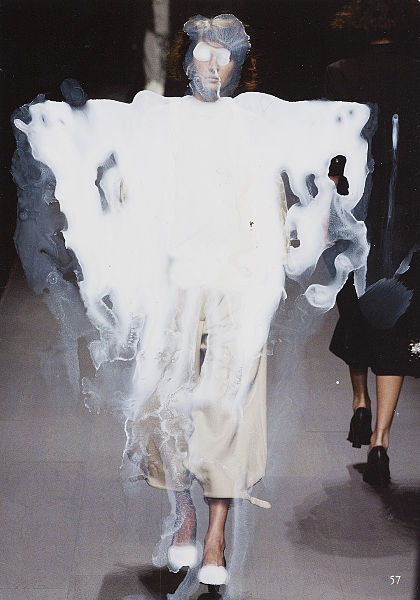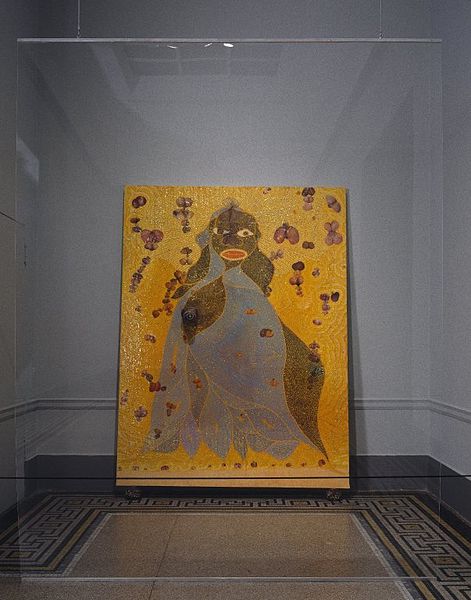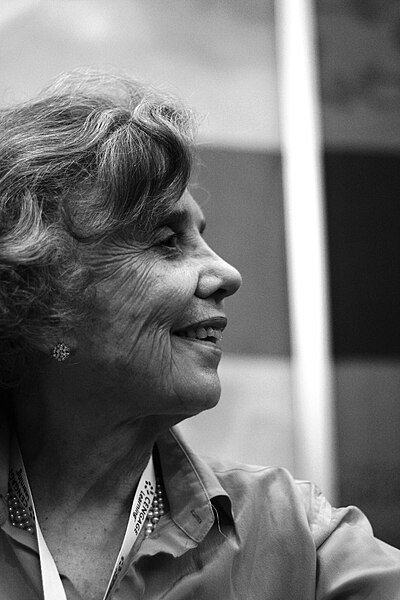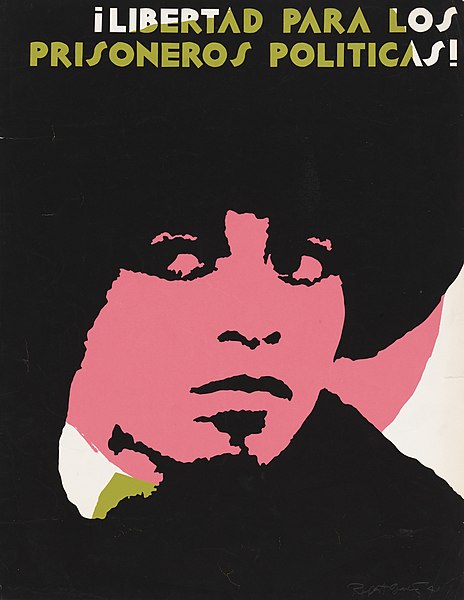Womanhouse was a feminist art installation and performance space organized by Judy Chicago and Miriam Schapiro, co-founders of the California Institute of the Arts (CalArts) Feminist Art Program and was the first public exhibition of art centered upon female empowerment. Chicago, Schapiro, their students, and women artists from the local community, including Faith Wilding, participated. Chicago and Schapiro encouraged their students to use consciousness-raising techniques to generate the content of the exhibition. Together, the students and professors worked to build an environment where women's conventional social roles could be shown, exaggerated, and subverted.
Image: Womanhouse exhibition catalog cover
Feminist art is a category of art associated with the feminist movement of the late 1960s and 1970s. Feminist art highlights the societal and political differences women experience in their lives. The goal of this art form is to bring a positive and understanding change to the world, leading to equality or liberation. Media used range from traditional art forms, such as painting, to more unorthodox methods such as performance art, conceptual art, body art, craftivism, video, film, and fiber art. Feminist art has served as an innovative driving force toward expanding the definition of art by incorporating new media and a new perspective.
Mary Schepisi, Beauty Interrupted, 2011
Black male feminist artist Chris Ofili’s The Holy Virgin Mary perhaps subjugates the ethics of Black feminism while challenging cultural concepts regarding the imago Dei of Black women.
Images of Feminist leaders such as Elena Poniatowska can help readers of Wikipedia understand feminist leadership and advocacy within the 20th century.
The emergence of digital graphic art created by Rupert García represents feminist art and political communication of Black feminist and political advocacy of Dr. Angela Davis.





